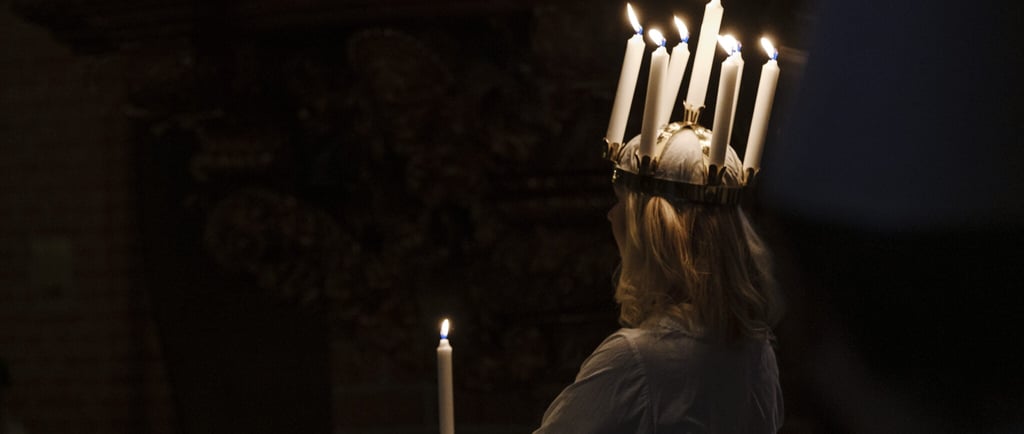🕯️📜 Candles, Courage, and Calendars: The Legend of Saint Lucia 🌘✨
Kick-Off story that bridges History and Geography, inviting children to explore the courage of Saint Lucia while learning about cultural traditions and the evolution of calendars, from the Roman to the Gregorian. Through this story, children connect with the fundamental needs of humanity—protection, food, and spiritual beliefs—while discovering how these shaped customs and celebrations like Saint Lucia’s Day. By linking the historical bravery of Saint Lucia with the geographical significance of her namesake island, this story fosters a deep understanding of the interconnectedness of history, geography, and culture. 🌟
GEOGRAPHY STORIES
12/13/20242 min read


👩🦰🌹 Around 2000 years ago, in a city called Syracuse on the island of Sicily, there lived a kind and brave girl named Lucia. Her name meant light, and she loved to help others. Lucia had a warm heart and always wanted to bring joy to those in need. But why do I tell you her story today, well it is because people in many places around the world still remember her kind and brave heart.
🌌 Around the world different cultures have different gods and religiouns. We've been talking about Budism, Hinduism, Judism, Christianity and others. Romans had many gods and they wanted everyone to pray to them and treat their emperor like he was the most important. For people like Lucia, who believed in Jesus life wasn't easy. She , along with other christians, had to keep her faith a secret. If they were caught, they could be punished or even put in jail. 😟 They believed in their god, but in silence and darknes...
🌑 Many Christians hid in deep, dark tunnels under the city called catacombs 🕳️. They lived there to stay safe and prayed in secret. But hiding in the tunnels meant they couldn’t go out to get food or anything else they needed.
🌟 Lucia wanted to help. She thought, "I can bring them food and other things they need, to make their lives a little better. " Every night, when the city was quiet, she walked with courage in the darkness with basket filled with bread, cheese, and other food 🥖🧀. But how could she carry everything and still see in the dark? 🕯️Back then she was living during times whith no electricity, no pocket flashlights, not even matches. How she was able to see in the dark?
💡 She solved that problem with a clever idea! She made a crown out of candles and wore it on her head. The candles lit her way and kept her hands free to carry the heavy basket. With her crown glowing, she bravely walked into the dark tunnels, bringing light, food, and hope to the people hiding there. 🕯️👑
😢 One day, the Roman soldiers found out about Lucia’s brave deeds. They told her to stop helping the Christians and to pray to their gods. But Lucia refused. She said, "I will always bring light and help to those in need." Even though she was very brave, Lucia was punished for standing up for what she believed in.
🌞 Today, on December 13 we celebrate Saint Lucia’s Day. Long ago, people used a different calendar called the Roman Calendar, and they thought December 13 was the darkest day of the year, it was the winter solstice! Imagine the sun disappearing early around 3 pm and the nights feeling so long and days so short. People began to honor Saint Lucia on this day because her name means "light," and her story gave hope for brighter days ahead. 🌟🕯️
❄️ Later, when the calendar changed to the one we use now, called the Gregorian Calendar, the darkest day moved to December 21 or 22. Today, especially in Sweden and other northern countries, children still wake early, dress in white, just like Lucia, and carry candles or wear a glowing crown with candles, and bring warm drinks and golden saffron buns to other people. 🕯️🥐 A tradition that reminds us, that even in the longest night, we can choose to share light and kindness. ✨
🌟People even named an island after Lucia! Carribean island of Saint Lucia. When sailors landed on the island on December 13, many years ago, they named it after Saint Lucia, because they arrived on her feast day. 🌟✨ But that is a story for another day.
👀 🌴 Saint Lucia and Her Island
With Montessori joy,
Vanina 😊

